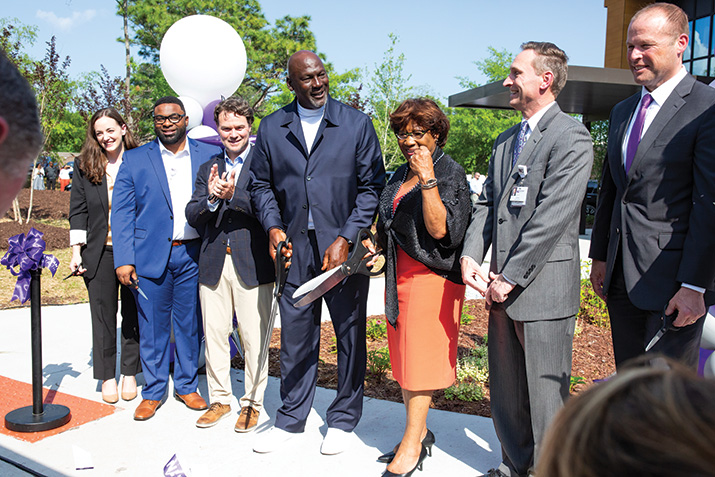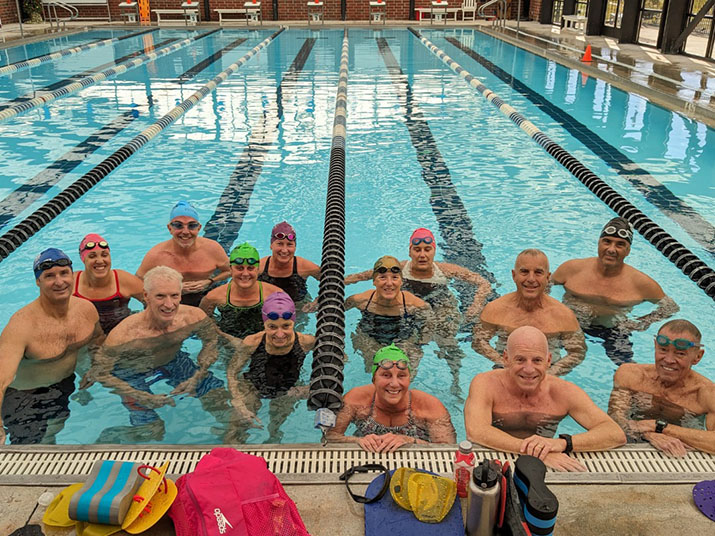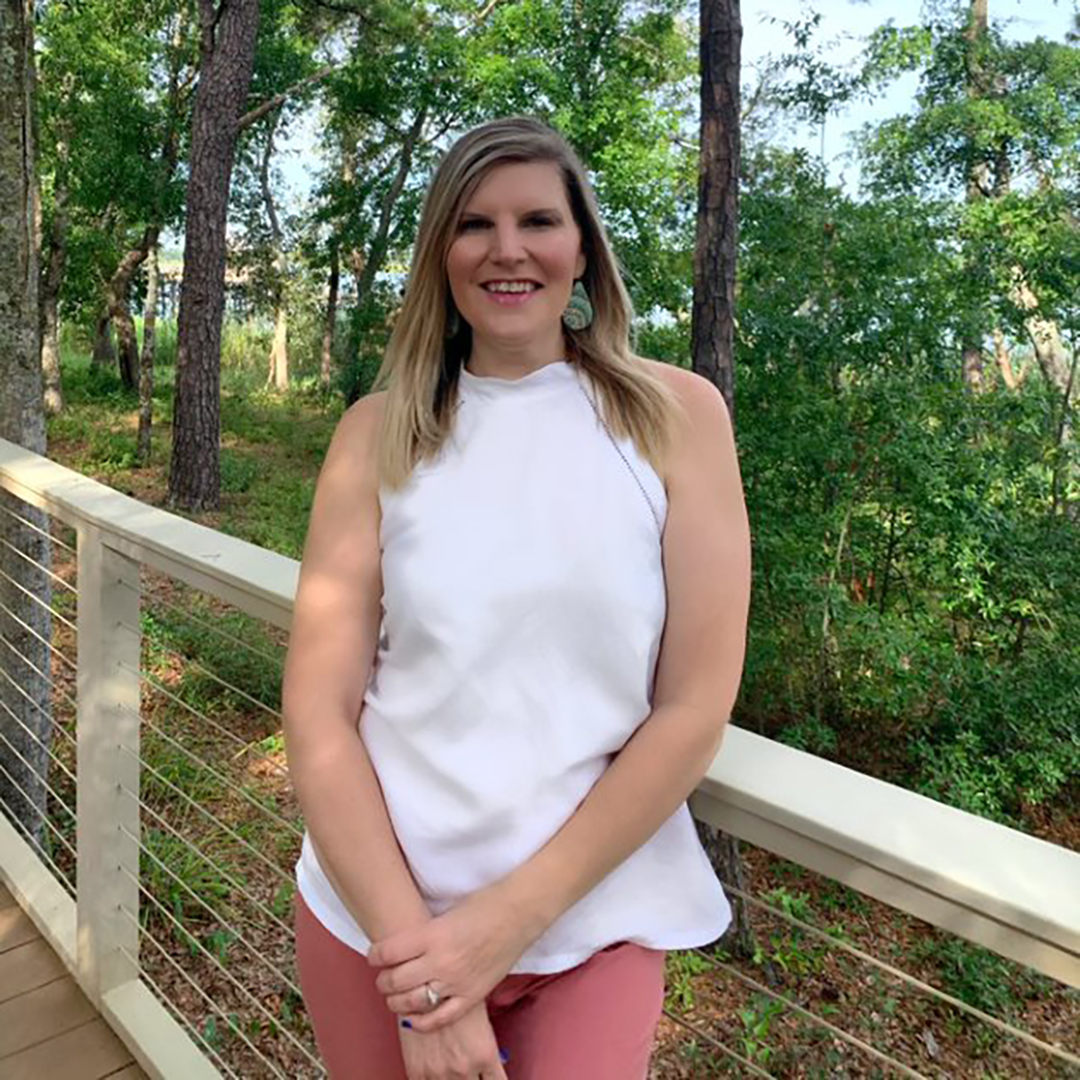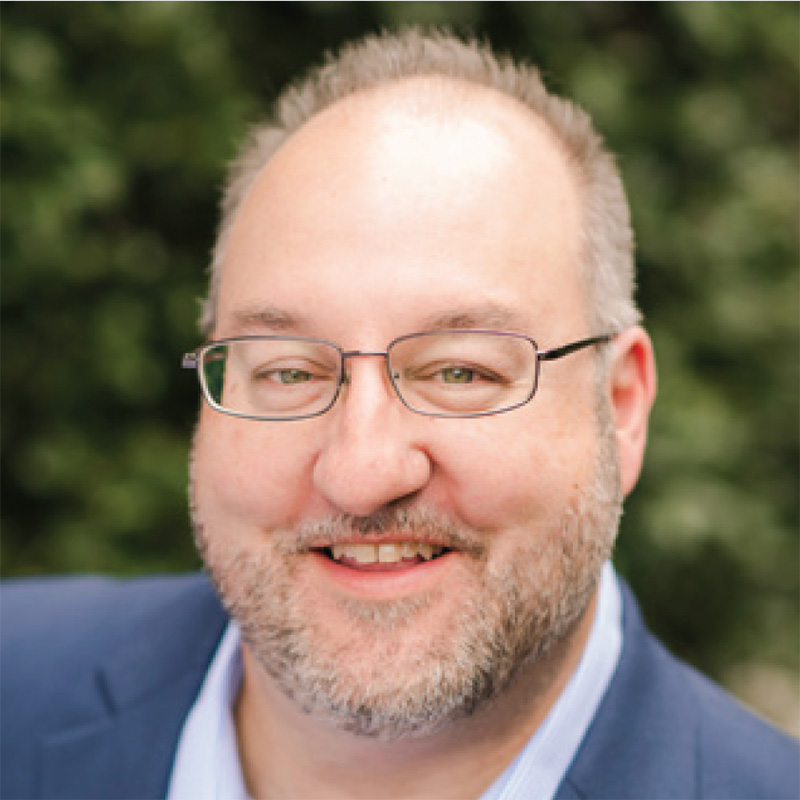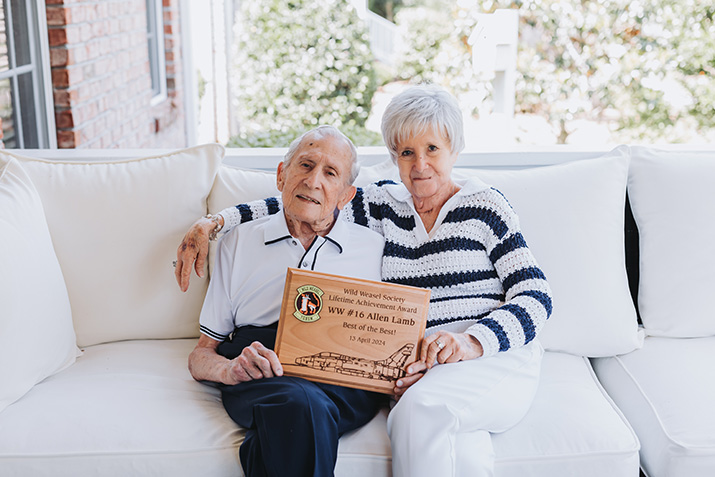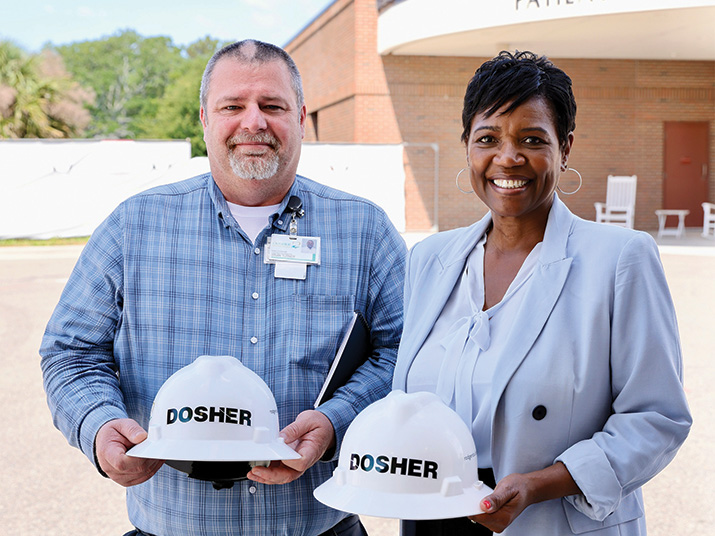Manual therapist focuses on fascia

Manual therapist Jenn Slade, owner of Three Waves Bodywork in Wilmington, helps clients address chronic pain and recover from injuries with a focus on healthy fascia. (Photo by Aris Harding)
We may think of our bodies as a framework of bones and a system of muscles. But while bones and muscles may get top billing in the human anatomy, the supporting cast – literally – are the various kinds of fascia that keep the body moving.
Jenn Slade, a manual therapist and owner of Three Waves Bodywork in Wilmington, helps her clients understand the importance of fascia, a thin casing of connective tissue that surrounds and supports every organ, blood vessel, bone, nerve fiber, and muscle in their bodies. Keeping fascia healthy is essential to feeling comfortable in your body, she said.
As a Structural Integration practitioner, she focuses on addressing chronic pain and injury rehabilitation through manipulating the fascia.
Structural Integration, or SI, is a process-based approach to helping people change the way they use and experience their bodies. Not only does the practitioner work the body with their hands, but there is visualization and breathing work on the part of the patient, striving for relaxation that lets those supporting fascia do their jobs. SI has some elements in common with other types of bodywork: physical therapy, massage therapy, Thai yoga massage, and even chiropractic, but its focus on connective tissue manipulation, imaging and breathing sets it apart.
You don’t have to have aches and pains to benefit from Structural Integration, Slade said. She has worked with children, especially those with scoliosis, but also some with sports injuries. The majority of her clients are women in their 30s, 40s, and 50s.
“All bodies have stories, and as we age, those stories continue,” she said. “I work with a lot of people who are active adults, helping them age more gracefully and feel better in their bodies. We look at the skeletal structure of the body and bring it into better alignment. We talk a lot about . . . patterns in the way we hold our bodies, our posture. Manipulating the (fascia) connective tissue to support muscles and bones.”
Slade took SI training, graduating this past June from the Anatomy Trains Structural Integration school in coastal Maine.
That training is just the latest step for Slade in her ultimate quest to attend medical school and practice integrative medicine, either as an M.D. or as an osteopath. Her career journey began when she was young.
“I’ve always been a mover, interested in movement and athletic performance,” she said. “I was a swimmer and a runner all through childhood and in my teenage years. I started teaching yoga and wanted to go to massage school.”
Slade was a massage therapist even before she finished her undergraduate degree in biology at University of North Carolina Wilmington. She established her own practice in 2018 and opened Masonboro Massage and Wellness, a collective that houses her practice and rents space to other wellness providers. She also consults with small business owners in the wellness industry on how to build their business and find passion in their work.
Slade’s own passion grew from the small frustrations she encountered in her massage therapy practice and her conviction she should be able to help her clients more.
“I was seeing problems in my practice and knew there was something more I could do,” she said. “We weren’t moving through and beyond that pain all the time. So many of my clients were coming in with same issue for years with the same pain. I asked myself how could I go deeper, not just maintaining the pain but moving through it.”
Like Rolf, Slade emphasizes the interconnectedness of everything in the body – hence her interest in practicing integrative medicine. She just returned from attending the Sixth International Fascia Research Conference in Montreal, Quebec, where the latest information about this important connective tissue was everywhere.
“I was surrounded by leading researchers – Ph.D.’s, M.D.s, medical practitioners – my biggest idols in person,” she said. “It was all about researching fascia, a field of medicine we’re going to hear a lot more about. Fascia will be front and center.”
To keep fascia healthy and happy, movement is the key, according to Slade.
“We lose hydration as we age, and fascia is collagen-based connective tissue. It’s what allows us to glide. Fascia responds (positively) to bouncing and stretching.”



